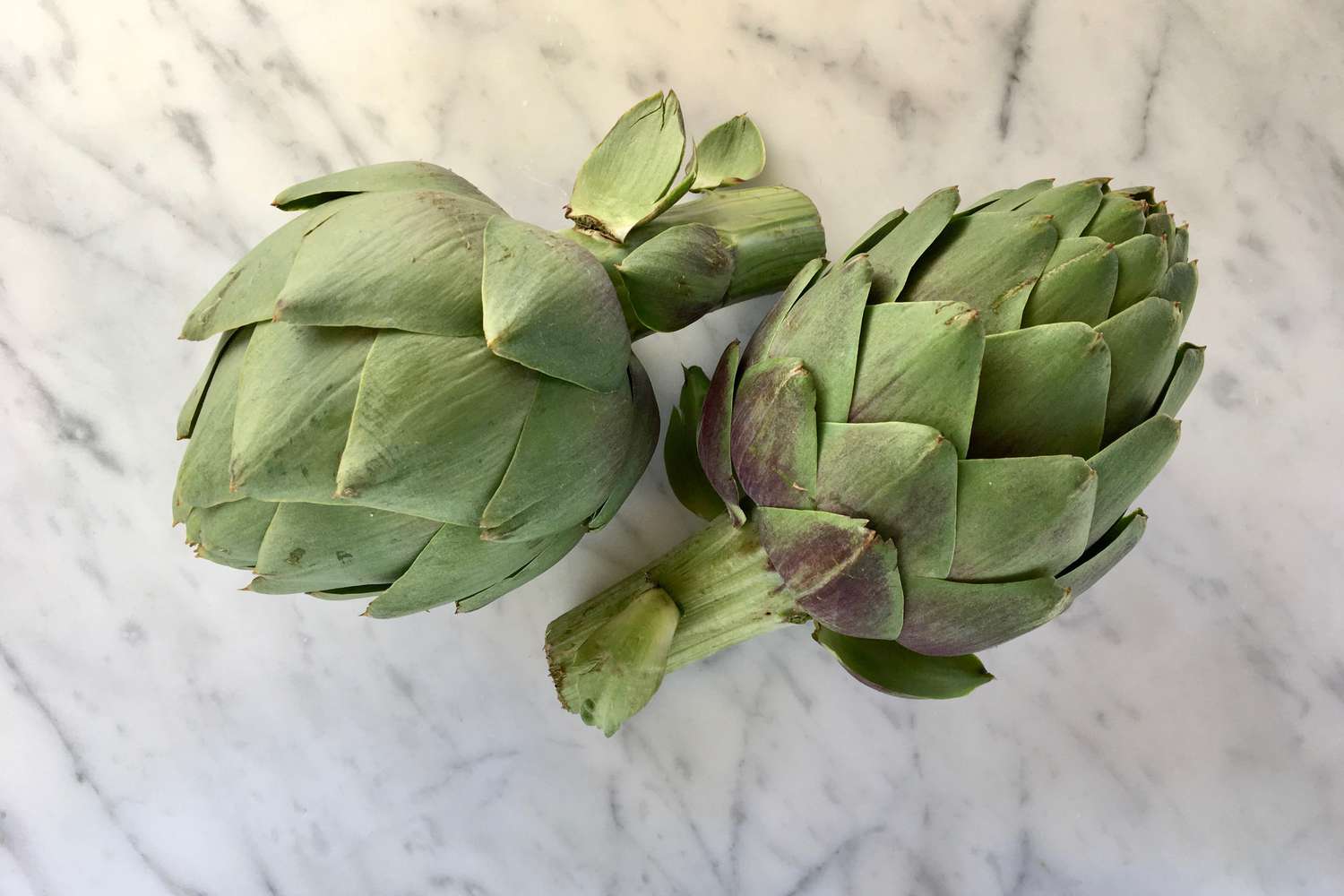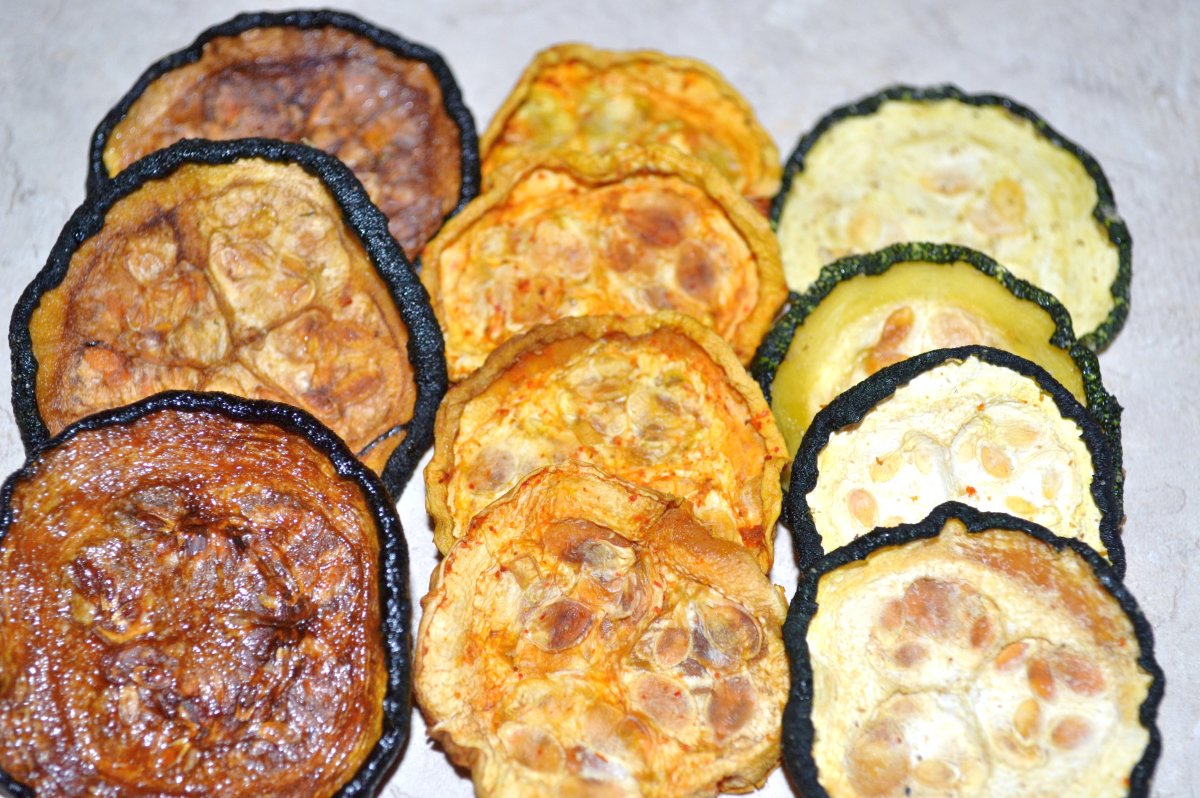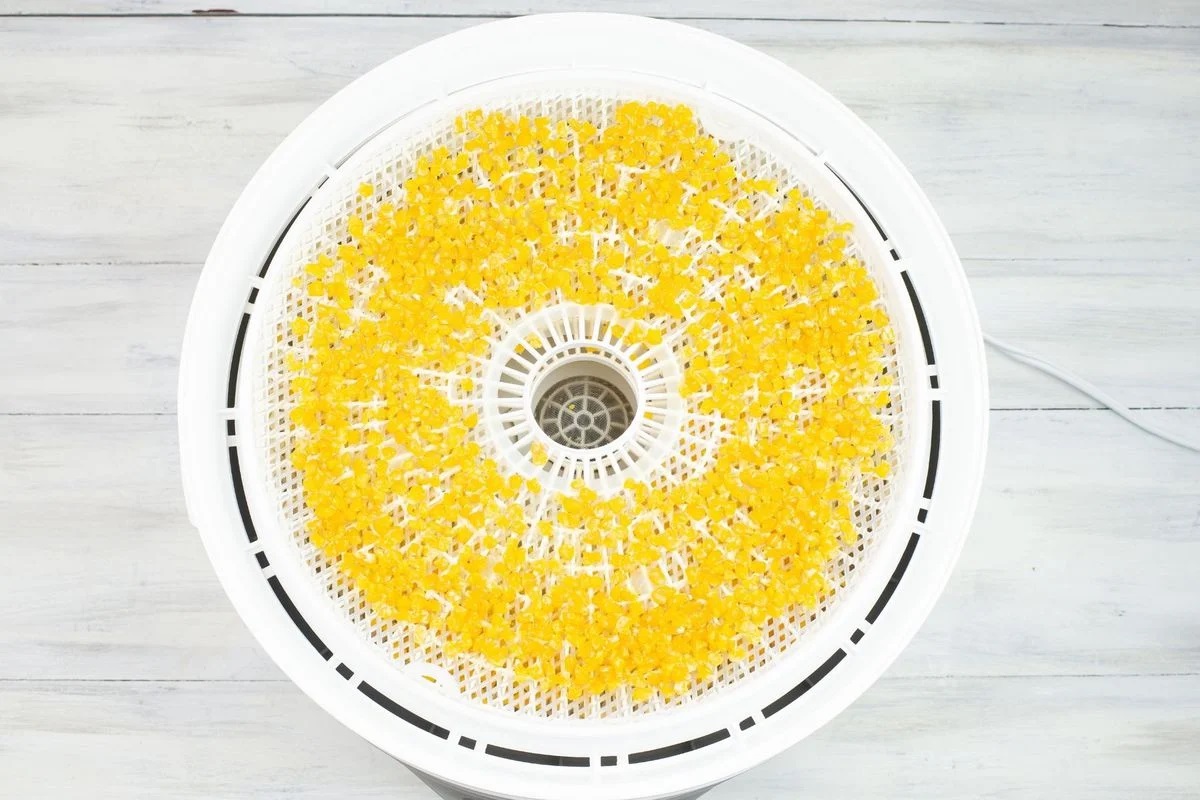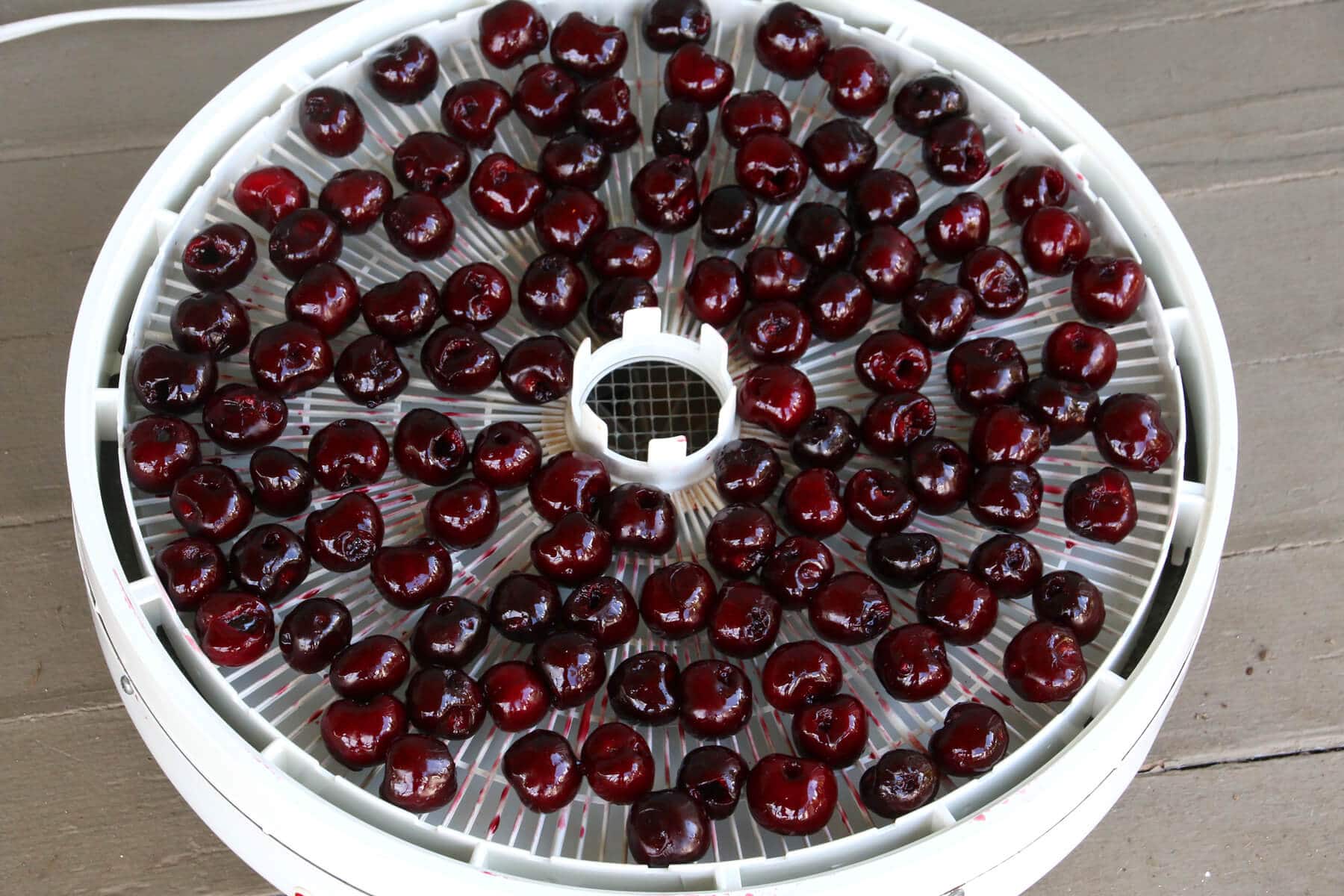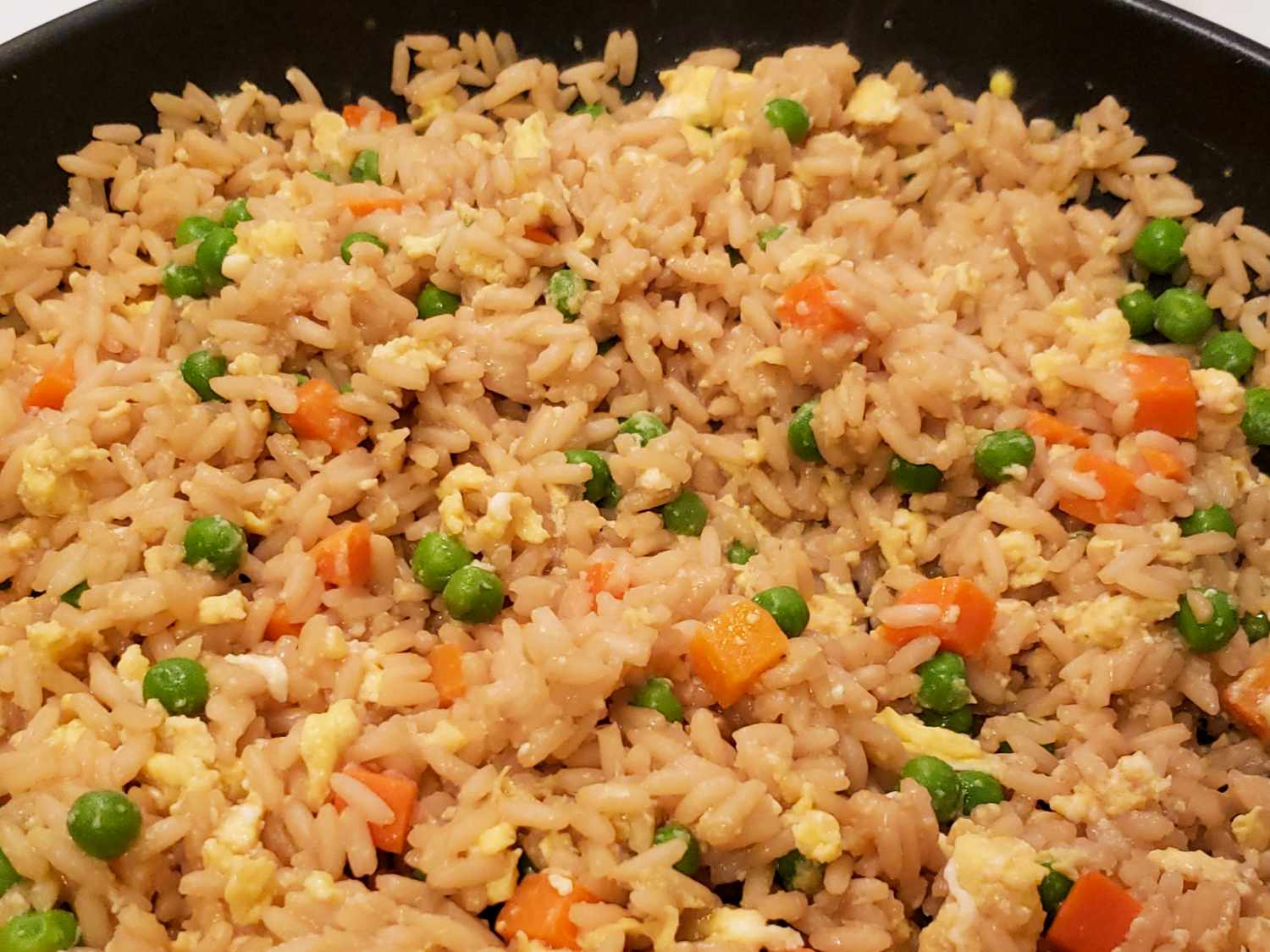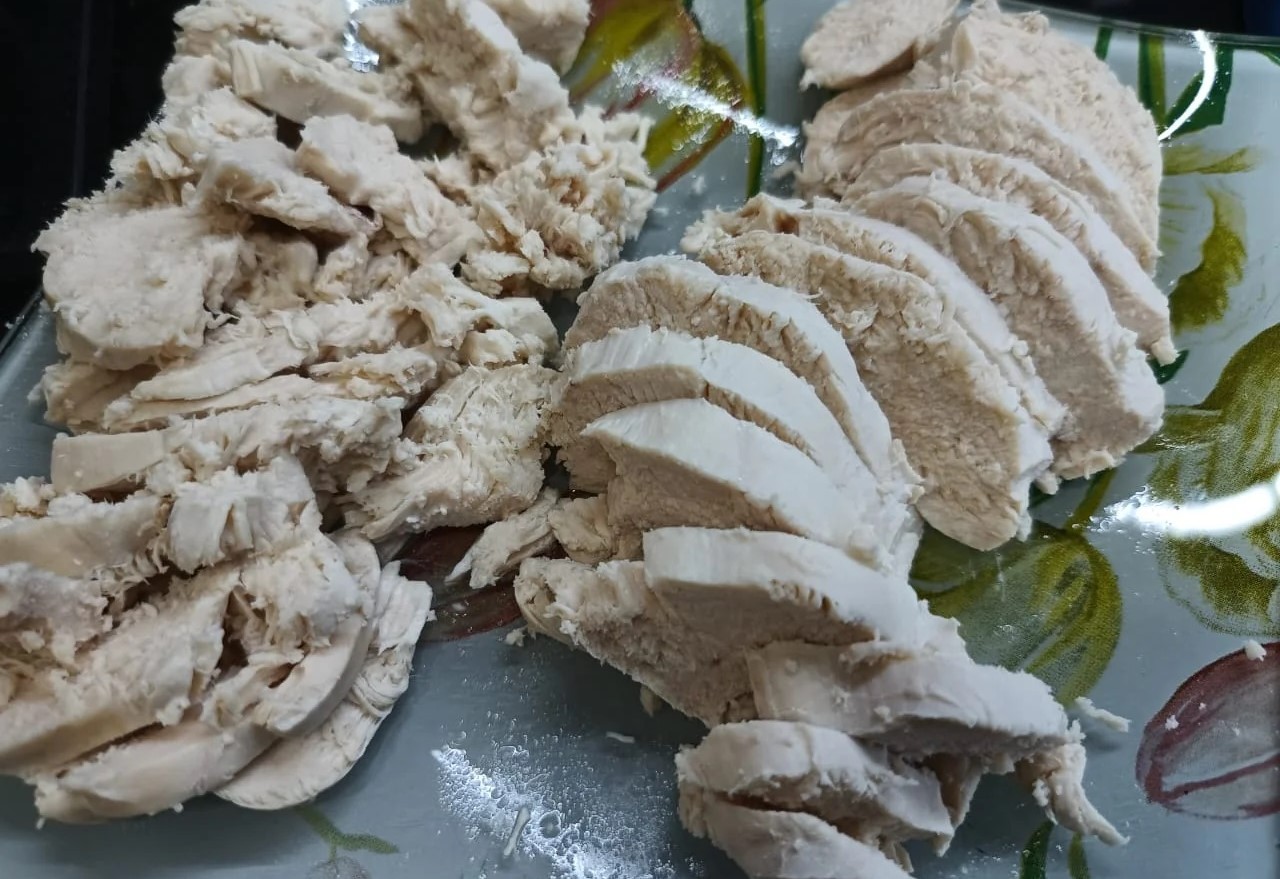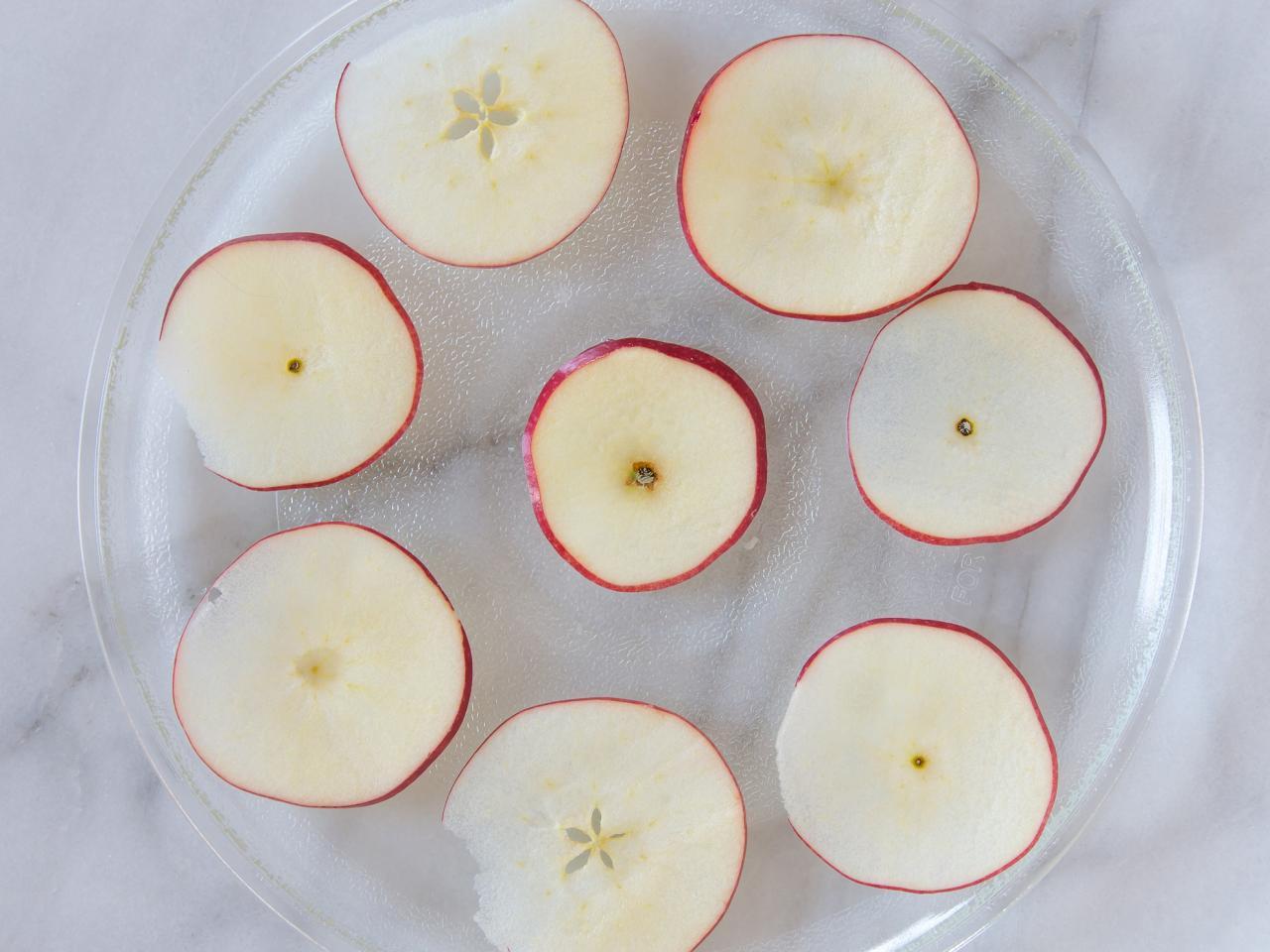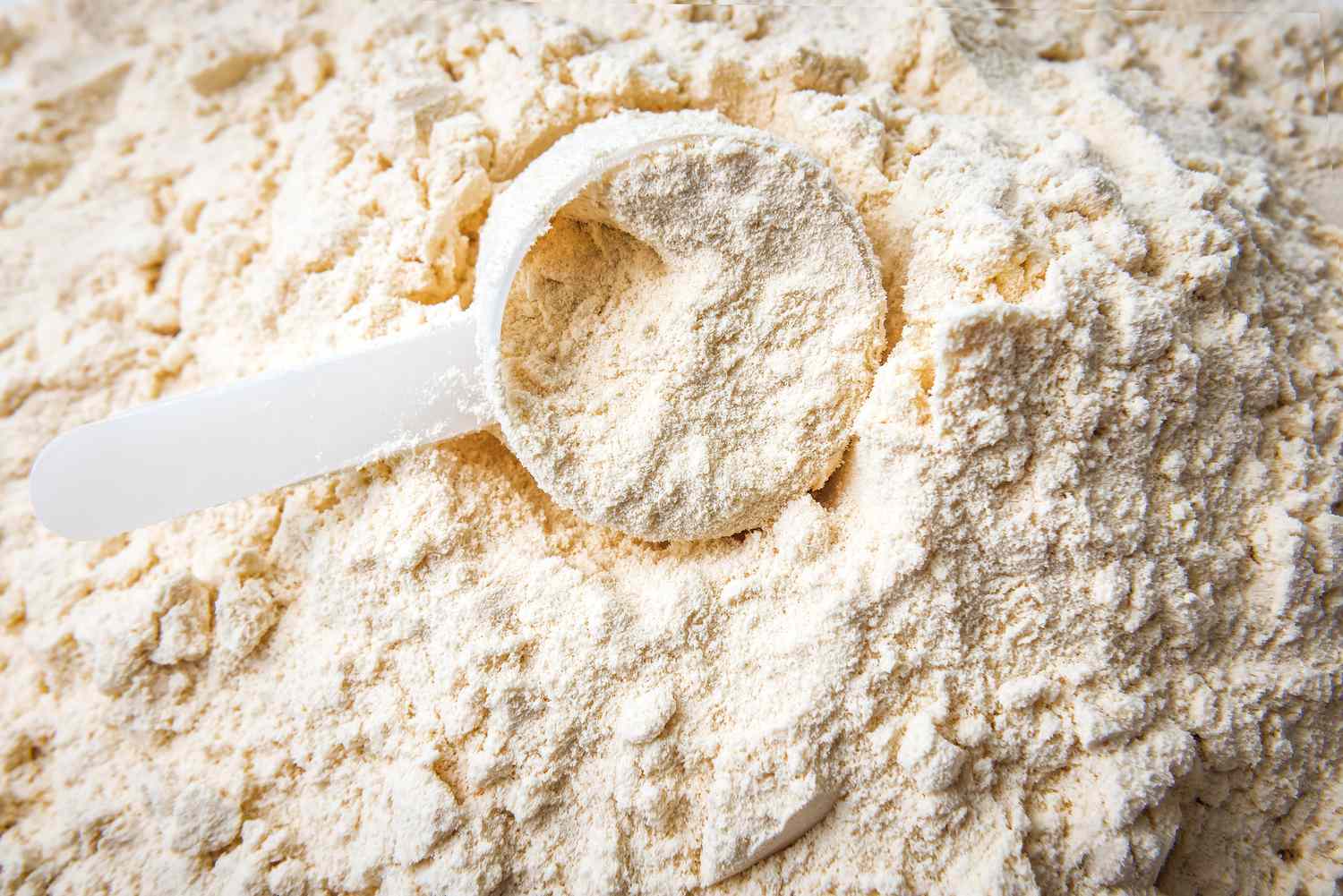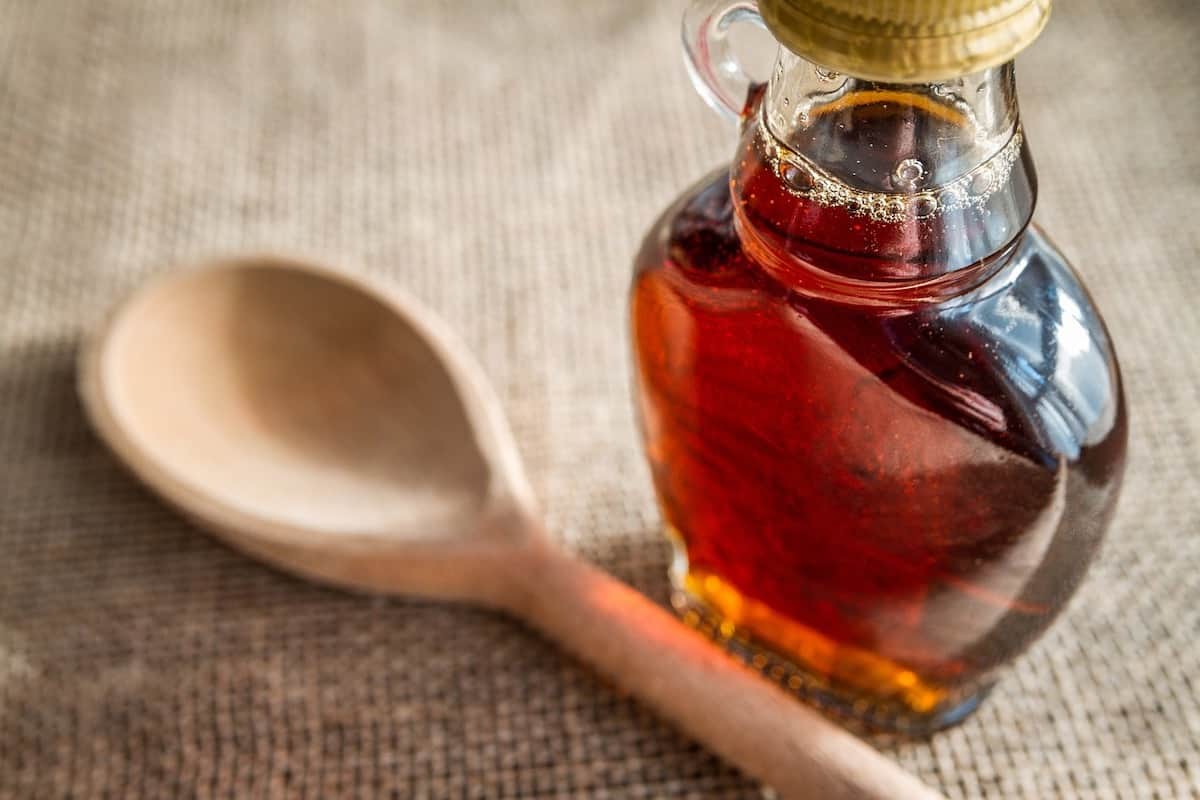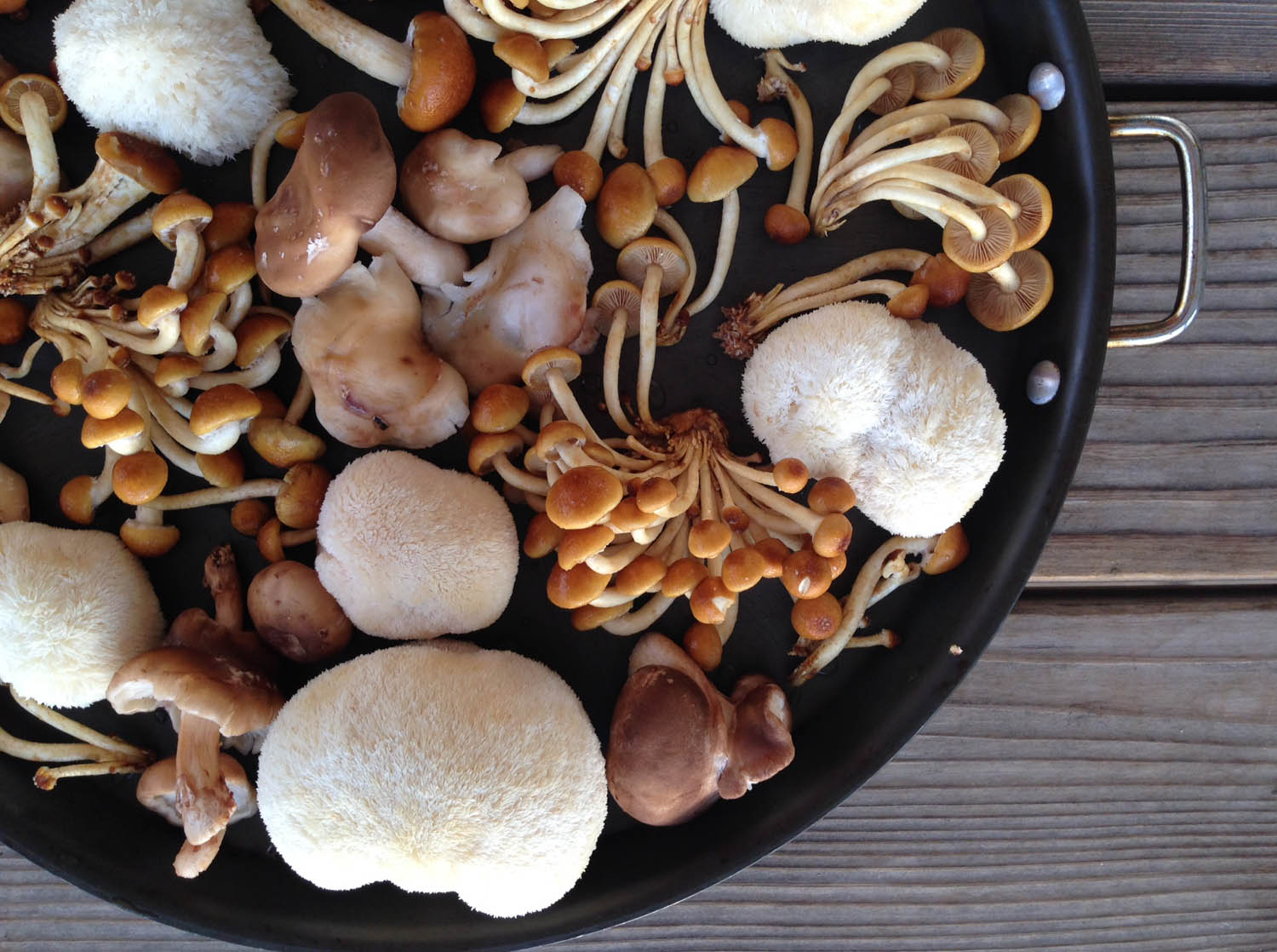Dehydrating Raspberries: A Delicious and Nutritious Snack
Dehydrating raspberries is a simple and rewarding process that allows you to enjoy this delicious fruit year-round. Whether you grow your own raspberries or purchase them from the store or farmer’s market, dehydrating them is a great way to preserve their flavor and nutritional benefits. In this article, we’ll walk you through the steps to dehydrate raspberries at home.
Why Dehydrate Raspberries?
Raspberries are not only a tasty treat, but they are also packed with essential nutrients. Dehydrating raspberries allows you to enjoy their sweet and tangy flavor as a snack or as a flavorful addition to your favorite dishes. Additionally, dehydrating raspberries can extend their shelf life, reducing waste and saving you money in the long run.
Steps to Dehydrate Raspberries
Dehydrating raspberries is a straightforward process that can be done with just a few simple tools. Here’s how to do it:
- Prepare the Raspberries: Start by selecting fresh, ripe raspberries. Wash them thoroughly and remove any stems or leaves.
- Pre-Treat the Raspberries: To help preserve the raspberries’ color and flavor, you can pre-treat them by dipping them in a solution of lemon juice and water. This step is optional but can help maintain the quality of the raspberries during the dehydration process.
- Arrange on Dehydrator Trays: Spread the prepared raspberries in a single layer on the dehydrator trays, ensuring that there is space between each berry for air circulation.
- Set the Temperature: Follow the manufacturer’s instructions for your dehydrator to set the temperature to around 135°F (57°C) for raspberries. The dehydration process typically takes 8-12 hours, depending on the humidity and the size of the berries.
- Check for Dryness: After the initial dehydration time, check the raspberries for dryness. They should be leathery and slightly pliable but not sticky or moist. If they are not yet dry, continue dehydrating and check them at regular intervals.
- Store the Dehydrated Raspberries: Once the raspberries are fully dehydrated, allow them to cool to room temperature before transferring them to airtight containers for storage. Store the dehydrated raspberries in a cool, dark place to maintain their quality.
Ways to Enjoy Dehydrated Raspberries
Once you have successfully dehydrated raspberries, there are numerous ways to enjoy them:
- Snack: Dehydrated raspberries make a delicious and nutritious snack on their own.
- Cereal Topping: Sprinkle dehydrated raspberries on your morning cereal or oatmeal for a burst of fruity flavor.
- Baking: Incorporate dehydrated raspberries into muffins, scones, or other baked goods for a delightful twist.
- Trail Mix: Mix dehydrated raspberries with nuts and other dried fruits for a homemade trail mix.
- Salads: Add dehydrated raspberries to salads for a pop of color and sweetness.
Final Thoughts
Dehydrating raspberries is a fantastic way to enjoy this delicious fruit throughout the year. With just a little time and effort, you can preserve the flavor and nutrients of raspberries, creating a versatile and tasty snack that can be enjoyed in a variety of ways. Whether you’re a seasoned dehydrating enthusiast or a beginner looking to try something new, dehydrated raspberries are a delightful addition to any pantry.
So, next time you have an abundance of raspberries, consider dehydrating them to enjoy their goodness long after the harvest season has passed!
For those looking to put their newly acquired raspberry dehydrating skills to good use, a few recipes stand out as must-tries. Dehydrated Raspberry Granola Bars offer a delicious and portable snack packed with flavor and nutrients. Dehydrated Raspberry Scones make for a delightful breakfast or tea-time treat, with the tartness of raspberries complementing the buttery pastry. Dehydrated Raspberry Chocolate Bark is perfect for those with a sweet tooth, combining the tangy raspberries with rich chocolate. For a refreshing beverage, Dehydrated Raspberry Lemonade provides a unique twist on a classic drink. Lastly, Dehydrated Raspberry Yogurt Parfait offers a healthy and tasty option for breakfast or dessert, layering crunchy raspberries with creamy yogurt. Each of these recipes not only highlights the versatility of dehydrated raspberries but also allows readers to enjoy their hard work in a variety of delicious forms.
Was this page helpful?
Read Next: How To Dehydrate Bananas In An Air Fryer
